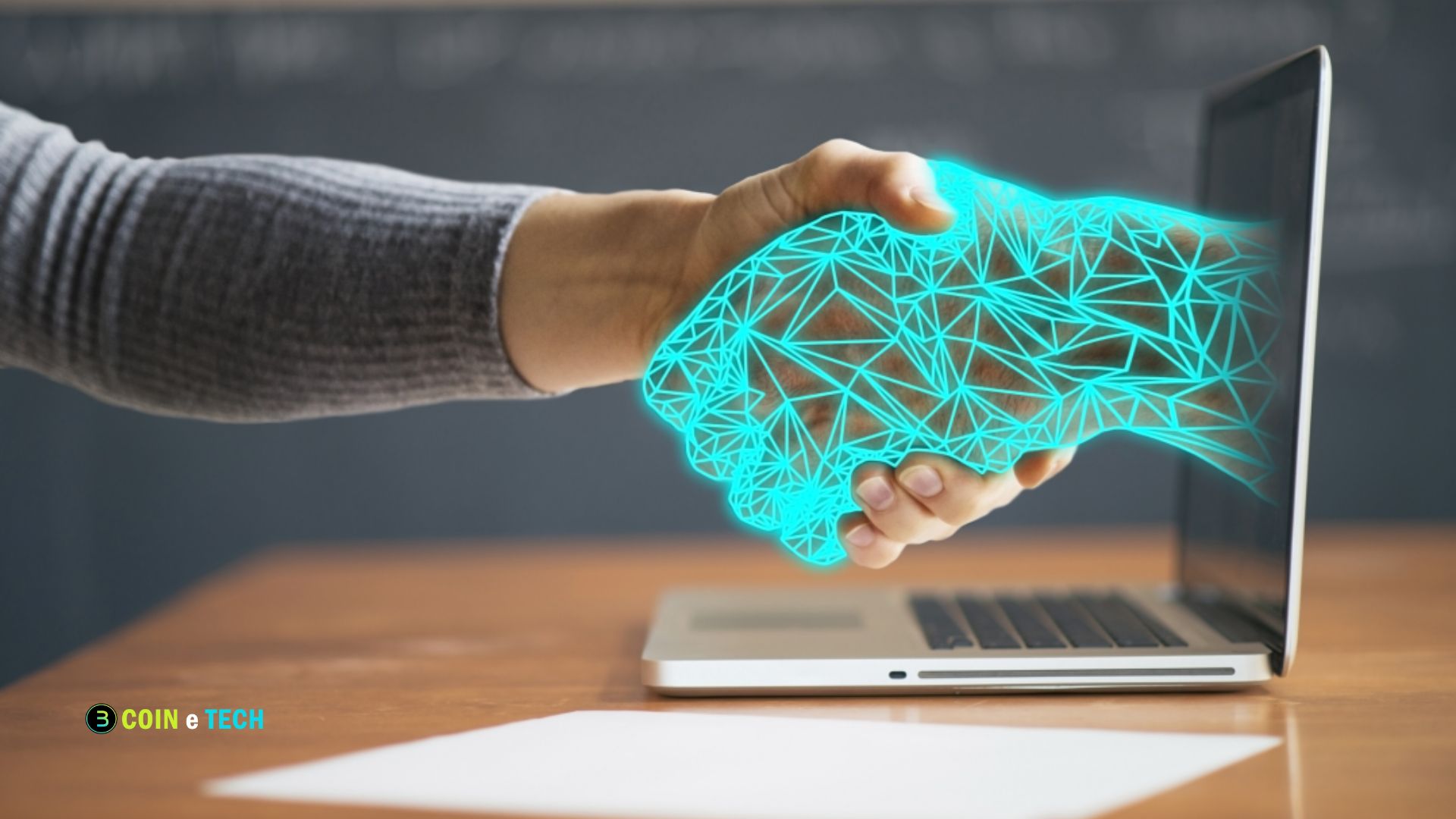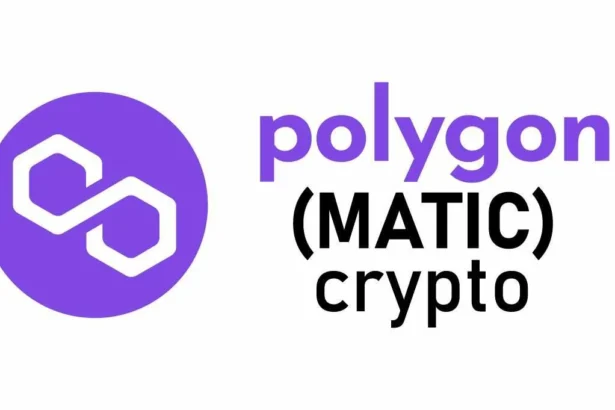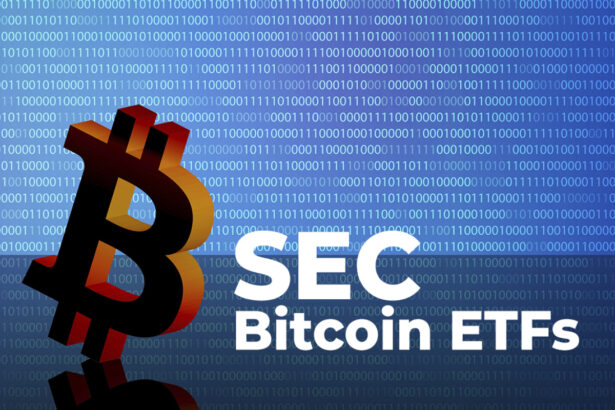Technology is changing the world in ways that have never been seen before. AI and blockchain are just two examples of digital tools that have changed almost every part of our daily lives. Technological growth has brought Many good things, like better efficiency, communication, and health care. But it has also caused problems that affect people, the environment, and society as a whole. These imbalances, which are easy to miss in the excitement of new ideas, show that we must be more careful about creating and using technology. This piece discusses how technology can become unfair and the problems it causes for a fair and sustainable future.
The Benefits and Burdens of Technological Growth
Technology has undoubtedly delivered a wealth of benefits. It has revolutionized industries, created new job opportunities, and opened up new possibilities in areas such as medicine, communication, and education. However, these advances also bring with them a series of imbalances that are becoming more apparent as we increasingly rely on technology in all aspects of life.
Economic Disparities
One of the most visible imbalances technology creates is the widening gap between the rich and the poor. While technological innovations can increase productivity and economic growth, they also concentrate wealth in the hands of those who own or control the technology. This often leads to economic inequality, as low-skilled workers find themselves displaced by automation and AI while those in control of advanced technologies reap the benefits. Technology Unbalanced, Many industries that rely heavily on technology, such as the tech and finance sectors, offer high-paying jobs. Still, these jobs are typically accessible only to those with specialized skills or education.
The rise of digital monopolies, such as Google, Amazon, and Facebook, has further exacerbated economic disparities. These tech giants wield enormous power and wealth, dominating their markets and stifling competition. This concentration of power in the hands of a few companies poses significant challenges to maintaining a balanced and equitable economic landscape.
Social Isolation and Mental Health
Technology, particularly social media, has changed how people connect and communicate. While it has brought people closer in some ways, it has also contributed to social isolation and mental health issues. Studies show that excessive use of social media can lead to feelings of loneliness, depression, and anxiety. The curated nature of online interactions often promotes unrealistic standards, which can negatively affect self-esteem and mental well-being, especially among young people.
The constant exposure to information and the pressure to be constantly connected also contribute to a phenomenon known as “digital burnout.” This relentless connectivity can lead to stress, fatigue, and feeling overwhelmed. As technology becomes more integrated into our lives, maintaining a healthy balance between the digital world and real-life interactions becomes increasingly difficult.
Environmental Impact
While technological advancements have made industries more efficient and helped reduce the consumption of certain resources, the overall environmental impact of technology is far from positive. Technology is Unbalanced, and Electronic device manufacturing, operation, and disposal contribute significantly to environmental degradation. The extraction of raw materials for electronics, such as rare earth metals, often involves environmentally harmful practices, including deforestation, pollution, and habitat destruction.
The energy required to power the world’s growing digital infrastructure also contributes to global carbon emissions. Data centers, which store and process vast amounts of information, consume enormous amounts of electricity, much of which still comes from non-renewable sources. The environmental cost of technology, from smartphones to the blockchain, is an increasingly recognized imbalance that is still not fully addressed.
The Digital Divide: Access and Inequality
While technology has the potential to democratize access to information and services, it has also deepened the divide between those who have access to technology and those who do not. The “digital divide” refers to the gap between individuals with access to modern information and communication technology (ICT) and those excluded, often due to socioeconomic factors.

Educational Inequality
Access to technology is becoming essential for success in education, particularly as more schools and universities transition to digital platforms. Technology Unbalanced, During the COVID-19 pandemic, this disparity became painfully apparent as students from lower-income families struggled to participate in remote learning due to a lack of access to reliable internet and devices. This imbalance in access to technology perpetuates educational inequality, with those in underserved communities falling further behind.
Geographical Disparities
The digital divide is not just a matter of wealth but also geography. Access to high-speed internet and digital infrastructure is limited or non-existent in many rural and developing regions. This creates a significant imbalance in education, employment, and economic development opportunities. While urban centers benefit from cutting-edge technologies and innovations, rural areas are often left behind, creating a growing gap between different regions.
Governments and private organizations are working to address this divide by expanding broadband access and providing affordable technology to underserved communities. However, overcoming the digital divide requires sustained effort and investment to ensure that technology is accessible to all.
The Ethical Dilemmas of Advanced Technology
As technology advances, it raises important ethical questions about its development and use. Technologies such as artificial intelligence, machine learning, and facial recognition can potentially improve lives but pose significant risks if not used responsibly.
Data Privacy and Surveillance
In recent years, the collection and use of personal data by tech companies have become a major concern. Many digital services collect vast amounts of user data, often without explicit consent, which is then used for targeted advertising or sold to third parties. Technology Unbalanced, This has raised questions about privacy and the ethical use of personal information.
Moreover, governments and corporations have increasingly used surveillance technologies, such as facial recognition, for purposes ranging from security to marketing. While these technologies can be used to prevent crime and enhance public safety, they also raise concerns about civil liberties and the potential for abuse. The balance between security and privacy is a delicate one, and the misuse of surveillance technologies can lead to widespread violations of individual rights.
Algorithmic Bias and Discrimination
Another ethical dilemma posed by advanced technology is algorithmic bias. AI and machine learning algorithms are increasingly used to make decisions in areas such as hiring, law enforcement, and healthcare. However, these algorithms can reflect and amplify societal biases, leading to discriminatory outcomes.
For example, facial recognition technology has been shown to be less accurate in identifying people of color, leading to concerns about racial profiling and unfair treatment. Similarly, AI-driven hiring tools may unintentionally favor certain demographics over others, perpetuating inequality in the workplace. Addressing these ethical challenges requires a careful and thoughtful approach to technology development and implementation. Technology Unbalanced, Creating safeguards and oversight mechanisms that ensure technology is used responsibly and equitably is essential.
Striving for a Balanced Technological Future
The unbalanced nature of technology is a complex issue that requires a multi-faceted approach to address. While the benefits of technological innovation are undeniable, it is crucial to recognize and mitigate the imbalances that arise from its rapid development. Policymakers, industry leaders, and society as a whole must work together to create a more balanced technological future.

Regulatory Frameworks
One important step in addressing technological imbalances is the creation of regulatory frameworks that promote fairness, transparency, and accountability. Technology Unbalanced: Governments must play a role in regulating emerging technologies to ensure that they are developed and used in ways that benefit society as a whole rather than just a select few. This includes addressing data privacy, monopolistic practices, and environmental sustainability.
Ethical Technology Development
Developers and tech companies also have a responsibility to create ethical and inclusive technology. This involves designing algorithms free from bias, ensuring that technology is accessible to all, and prioritizing user privacy and security. Companies can help create a more balanced and equitable digital landscape by adopting a more responsible approach to technology development.
Education and Digital Literacy
Finally, promoting digital literacy and education is essential to closing. The digital divide and empowering individuals to navigate the technological world. Ensuring that everyone has access to the skills and knowledge needed to thrive in a digital society is key to achieving a more balanced future.
Also Read: Why Technology Stocks Are Down Today?
In summary
While technology can undoubtedly advance society and improve people’s lives, it also risks exacerbating existing inequalities. Technology imbalances can cause many problems, such as economic injustice, environmental degradation, ethical concerns, and the digital divide. If we acknowledge these inequalities and strive for more fair solutions, we can realize technology’s full potential for everyone’s benefit.






